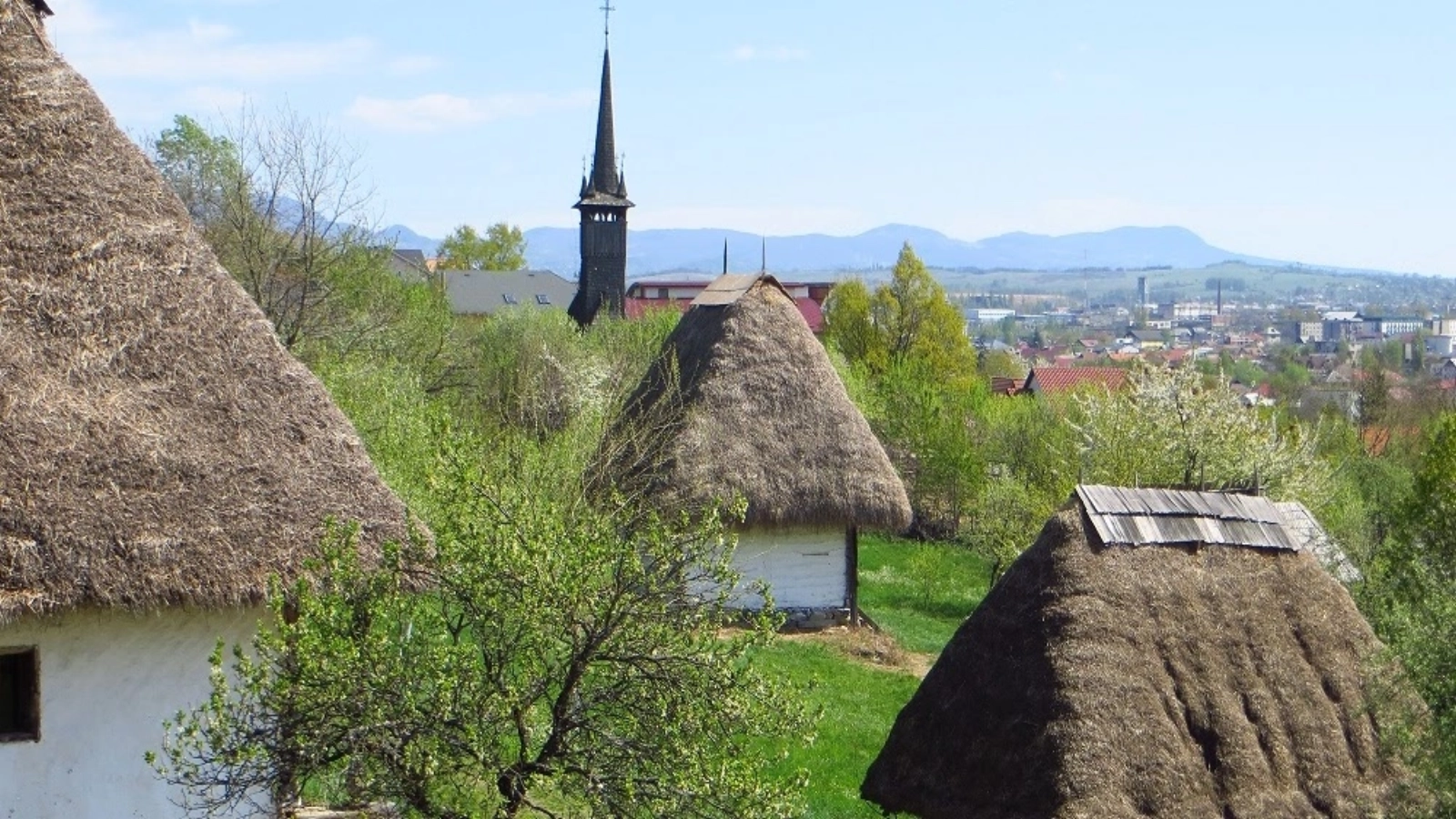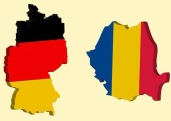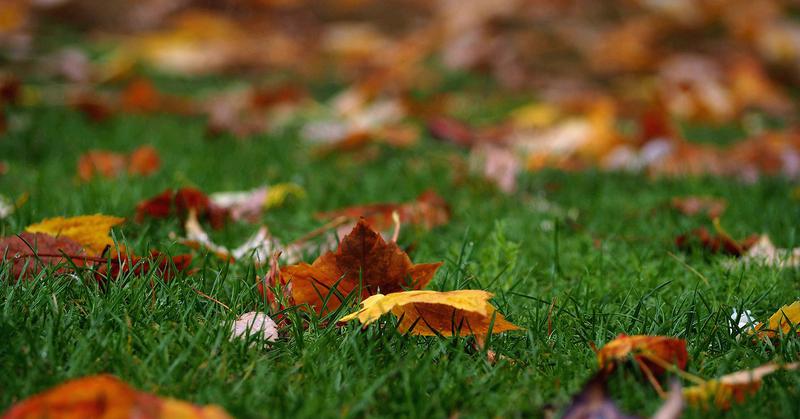Romanian villages in the Banat region still preserve the beliefs that the heavens open during certain periods of the year, around major holidays such as the Sanziene celebration, and the those who pass on to the other side in those hours go straight to heaven, the forefathers' souls return home, spirits can talk to humans or treasures deeply buried shine at the surface as flames.
The ethnologist of the Banat Village Museum in Timisoara, Dr. PhD Maria Mandroane told AGERPRES that, according to tradition, all these miracles can be seen only by people with a pure heart, especially innocent children. As for the riches hidden in the ground, they reveal themselves solely to those who will share the treasure with others, or else they will face a lot of hardships in their lives.
Such a miracle-filled night is the Sanziene's Eve, when the Sanziene (gentle fairies in Romanian folklore, editor's note) join hands in a "hora" (traditional Romanian folk dance where the dancers hold each other's hands forming a circle and the circle spins, editor's note) and bring bounty to the land. They are cheerful and sing, because they do not know what "dor" (sense of longing, editor's note") is, and they get unsettled by those who approach and talk to them, harming them: having them lose their minds, scarring them physically or even worse.
Some also say that wormwood, also named "iarba fierului", which translates to "iron grass" because it was used by thieves to open the locks of treasuries, is picked on this night from unspoiled fields. Supposedly, the skin in the palm of the hand was cut and a blade of iron grass placed inside, and after the scar was healed, the person could open any lock.
"The Sanziene is a very important traditional celebration for rural communities, because these ancient Dacian celebrations are full of light and truth. It is that ancient experience linked to traditions, customs, crafts, and especially spirituality. First of all, the heavens open and there is direct communication with the world beyond. Tradition says that whoever dies during these celebrations when the heavens are open goes straight to Heaven. Also on this day, tradition says that fire ignites on treasures. At dusk, there have been many cases where people have seen the flame on the treasure. It is said that you are not allowed to go and dig up the treasure immediately, but you must cover it, mark the place, and go back another time, but not just any time. Because if you have impure thoughts of getting rich, that money has its own guardian and will work against you. If you take that money with pure thoughts, for your own good and for the good of others, to do something for the community, it will be useful. There have been many examples of people going to look for treasure and digging there, or getting very scared because something appeared out of the blue or something scared them or there was a very loud bang and they became mutilated, unable to speak, hear, see, or walk. There are also cases where the treasure was found, but no one knows what happened to it. In the villages, there are still rumors that someone found the treasure, their material life changed for the better inexplicably, overnight, but they only had bad luck," says Maria Mandroane.
The curator does not forget the Sanziene fairies, who dance in a circle, the hora, joining hands, on the night of St. John the Baptist's birth, but also on the longest day of the year, the summer solstice. She remembers the stories of the villagers who went out to graze their cattle and "saw the fairies." According to these stories, those who were truly pure could hear them singing.
"The Sanziene did not speak, they only sang, they were very cheerful, dancing in a diaphanous circle. They were, in fact, angels of light. In the circle where they danced, they formed a circle, and the grass was more lush. If a person defiled the place, the grass would burn and a burnt circle would remain. That circle symbolizes the sun. And the fairies, the Sanziene, prayed to the star of the day, it was a worship of heaven and earth, and they said: 'Dear sun, holy sun, come among us and bear fruit on earth, give fruit to the people'. They were diaphanous, above everything that is earth, they were exceptionally beautiful, angels of light," says Maria Mandroane.
On Midsummer's Day, villagers would dress in the customary attire of the time, which we now refer to as traditional costume.
Peasants went to work wearing hemp shirts, worn over the head, pulled over the head, without a belt, to be as loose as possible, because hemp is comfortable in both hot and cold weather. Festive shirts were much finer, made of cotton and were also embroidered.
"Each traditional costume was unique, and the girls and women made them in secret from each other so as not to steal each other's designs. When they appeared dressed in them at celebrations, it was a veritable gala of traditional dress. Each one was very well made, and you could see the identity of each hand that had worked on it," says the ethnologist from the Banat Village Museum.
The girls and women did not forget to wake up early on the dawn of Sanziene Day and walk through the dew, because the dew on Sanziene Day is beneficial and healing. Sometimes, this dew was collected and used to wash their faces. Then they picked Sanziene flowers (Lady's bedstraw (Galium verum), editor's note) and made wreaths, which they placed at the gates. But before the wreaths were woven, the young men ran after the girls, each boy after the girl of his choice, who would also be his fiancée, Maria Mandroane further recounts.
The ethnologist at the Banat Village Museum recalls another beautiful tradition passed down from her grandmother, who would take her to the spring to offer alms to her ancestors from the water of life.
"Today, no one believes in anything anymore, because the village has been depopulated, and the elders who cherished these traditions so much have passed away. I grew up with these traditions, and my grandmother always said, 'You are the one who must carry on these customs, you must know how to do it, pay close attention, do everything right.' I grew up with these traditions and believed in them. There were many of them. My thoughts now go back to the time when I used to go with my grandmother to release the waters. Water was collected in a small container from all the springs and wells in the village, from where people drew water (during their lifetime, editor's note), and we would go somewhere to a very clean spring. We went to a spring that was far from home and from the forest dwelling, to a spring that was said to be holy and where the fairies sang. My grandmother took me with her because a pure soul was needed, and I was an innocent child. And there the fairies sang, and there we released the waters, that is, we gave alms to the deceased. But the purest water was needed. At the base of the spring or where a river flowed, a towel was laid down, on which were placed rolls, croissants, sweets, pieces of cheese, all kinds of gifts for the soul of the deceased. A candle was lit and the river was circled twice with a bowl of incense, once in a clockwise direction and once in a counterclockwise direction, and alms were given for the souls of the dead. The water from the jug was placed on the towel already laid in the clean spring water, and the water brought from the village was also placed on that towel, in the main spring. And they would say, 'May all waters and all springs be a blessing for the souls of those who have departed,' and they would say their names," said Maria Mandroane.
The museum curator regrets that today's world no longer believes in fairies and other traditions and customs of the Banat village, and with the aging of the rural population and the depopulation of villages, traditions are gradually dying out because no one knows how to recount stories and customs anymore.



































Comentează